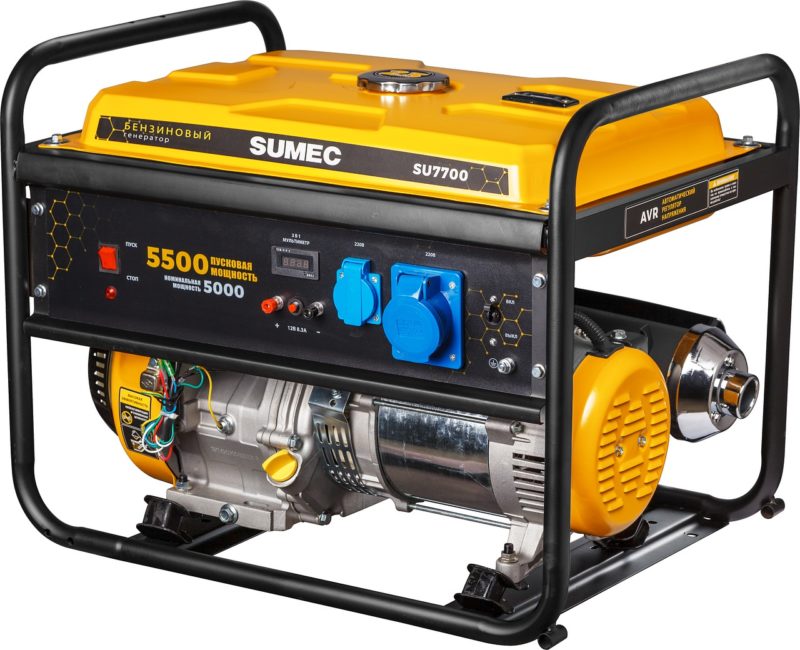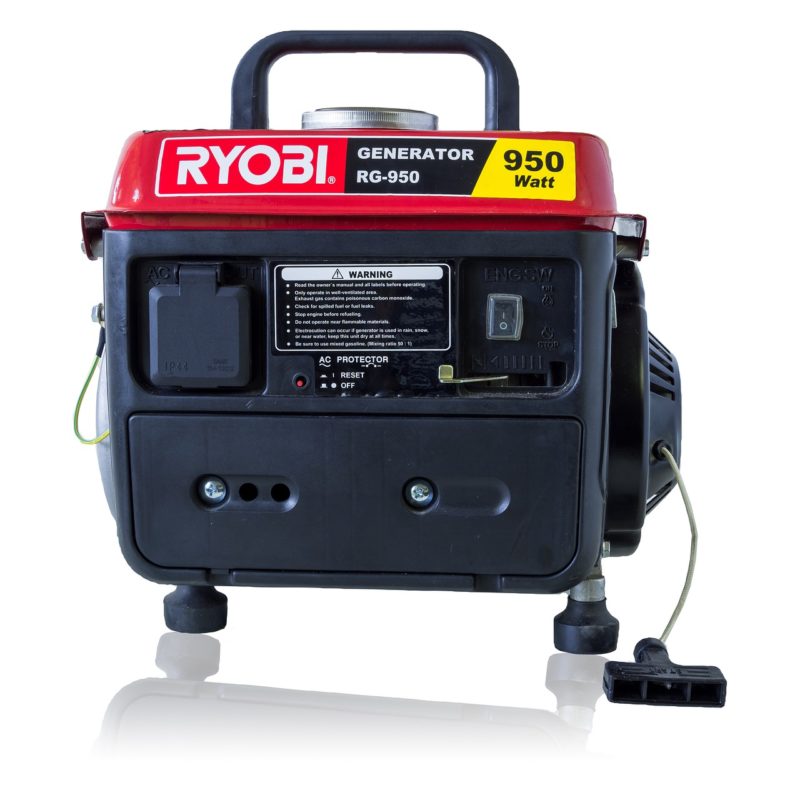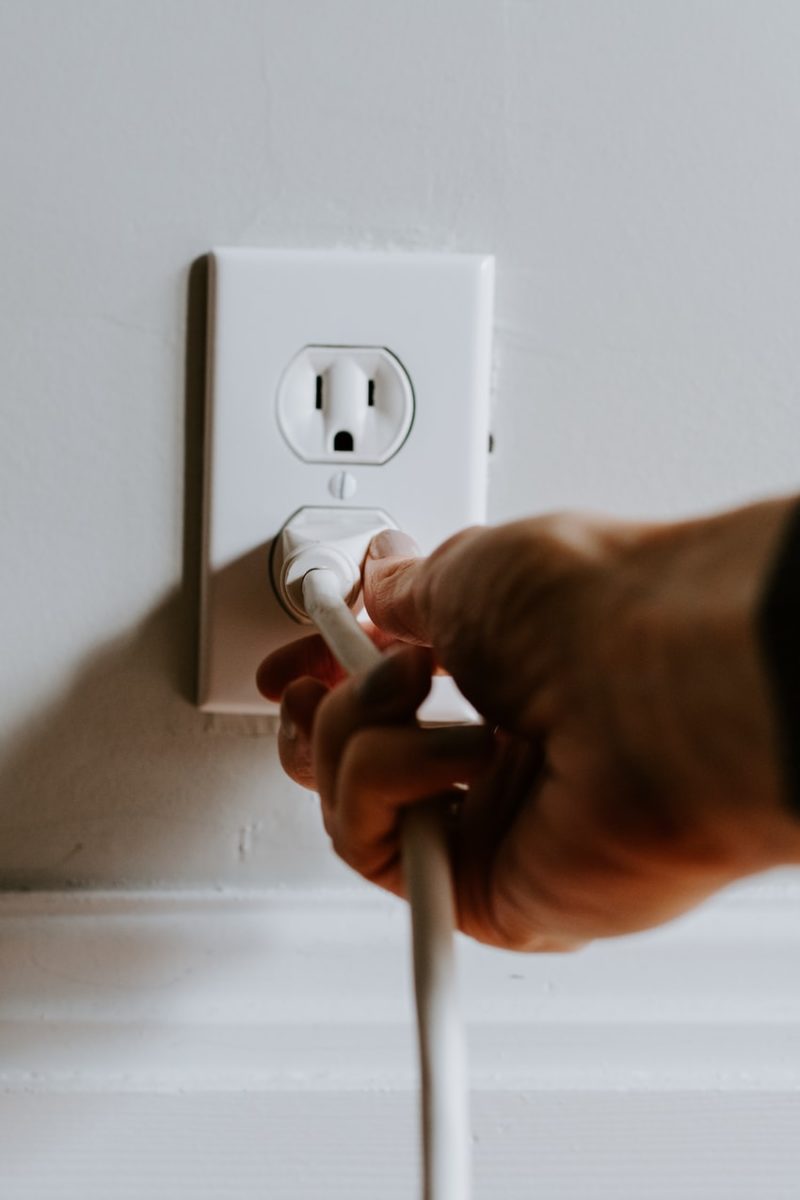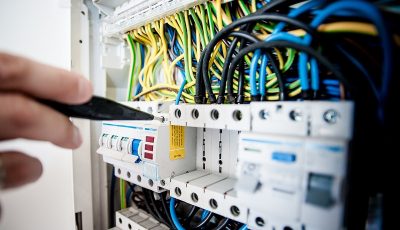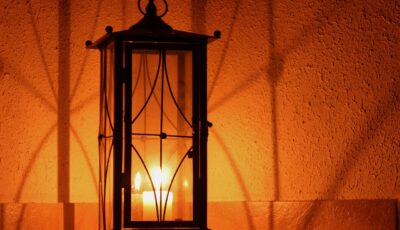Installing Backup Power At Home
There are many reasons why having at least one source of backup power outside of your standard connection is a good idea.
While you may not live in a location that is prone to bad weather and regular electrical blackouts, it is better to be safe than sorry. This is why many people are looking into generators for their homes, and you may also be considering a generator for yourself.
When it comes to adding a backup generator to the home, there is a lot to learn.
What Kind of Generator Do I Need?
There are various kinds of generators available on the market that can be useful during power outages. To find the right one for you, the first step is to consider what you need from the generator.
For example, if you are looking for a simple power source that can be used for essentials, such as charging mobile phones or plugging in a lamp during power outages, then a portable generator is a good option. These can be fairly inexpensive, depending on the size and output, and all homes should have at least one available for emergencies.
However, if you are looking for something with more juice then a portable generator is not going to cut it.
If you live in an area that is prone to power outages and need to have constant backup power at home, then you will need a stronger generator. To ensure generators work when there is a power outage, they need to get their electricity from a source other than the mains.
This is why most homes opt for a solar-powered generator.
Using solar panels, this kind of generator will get its power from sunlight which occurs naturally. This will be collected during daylight hours, and the power generated will be used when needed to power your home appliances and devices.
What Do I Need To Do Next?
Choosing the right generator for your home is the first step – now it is time for the installation.
You will first need to learn how to connect a generator to a house, regardless of the kind of generator you have bought. There are different techniques based on the kind of generator you have chosen, whether this is a portable generator or a larger one that uses solar panels.
To make sure you have backup power, you will need to install the generator as well as the solar panels correctly. It is a good idea to get advice from professionals, but it is possible to install a generator yourself.
Make sure that your generator works once it has been installed and ensure it will run as you need it. It is best to practice and test out the generator before a power outage to ensure your home will be safe and warm when the time comes.
With a solar-powered generator installed correctly at home, it is possible to remain connected and comfortable even during extreme weather, power outages, and other emergencies.

